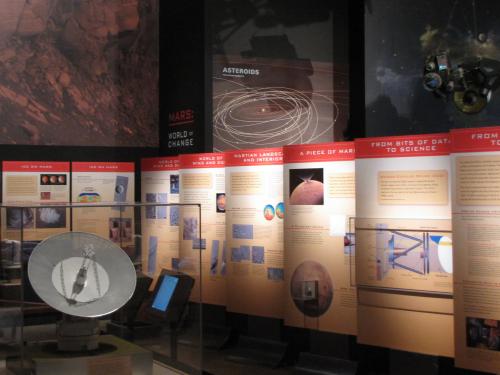
Corrections for Radar Remote Sensing of Planetary Surfaces
The following are corrections for mistakes that have been found since the publication of Radar Remote Sensing of Planetary Surfaces by Bruce A. Campbell.

High Resolution Radar Mapping of the Moon's Poles
Radar maps of the Moon include stunning views of the polar regions where water ice and other volatiles may accumulate.

Lunar Radar Mapping
We use the world's largest radio telescopes to make radar maps of the Moon.

Press preview of “Time and Navigation: the untold story of getting from here to there”






